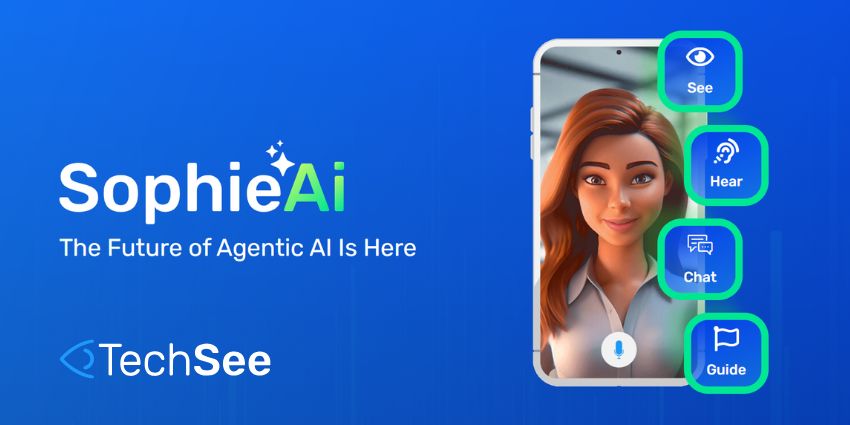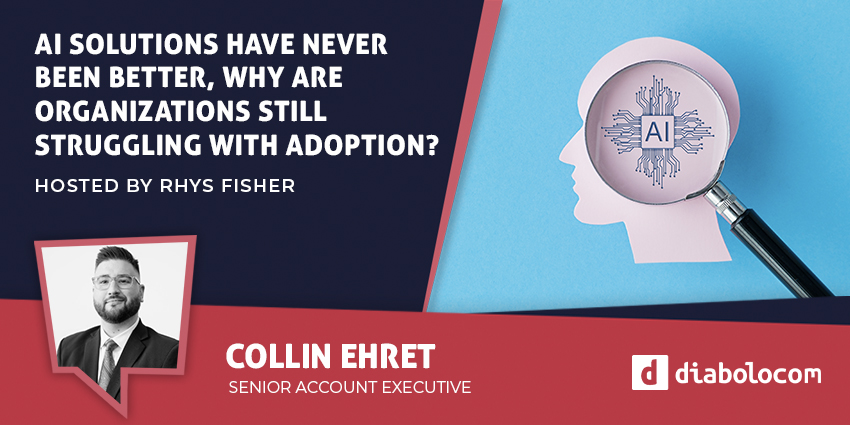The year is 2030. I’m the last of my kind – a human call center agent in a world that’s completely gone AI. And you know what? I’m not bitter; I’m relieved.
The Dark Ages of Customer Service
For years, we humans were the so-called “customer service” representatives. But, let’s be honest, we were more like corporate hostage negotiators, trapped between brain-dead scripts and soul-crushing metrics.
After eight-hour shifts of performative empathy, our humanity was ground down by impossible KPIs and managers who treated us like slightly more intelligent robots.
The irony? The AI didn’t replace us. We replaced ourselves long before the algorithms arrived.
The Turning Point
Remember when customer service was a joke? Those endless phone trees. The copy-paste responses. The soul-crushing hold music that made root canal seem like a spa treatment. We were the problem, and we didn’t even know it.
Then came the AI. But not the AI you’re thinking about.
The Plot Twist Nobody Saw Coming
These weren’t your grandpa’s chatbots. This was intelligence that actually listened. Actually understood. Actually solved problems.
The first generation of AI customer service was a disaster – we all remember. But companies finally got smart. They stopped trying to make AI sound human and started making it genuinely helpful.
Key revelations:
- Emotional intelligence algorithms that could detect customer frustration
- Contextual problem-solving that went beyond script-based responses
- Real-time learning that improved with every interaction
- Multilingual support that felt natural, not mechanical
The Human Advantage (That Wasn’t)
Some of us thought our “human touch” was irreplaceable. We were wrong. Dead wrong.
Turns out, the vast majority of customers don’t want small talk. They want solutions. They want speed. They want accuracy. And AI started delivering that in ways we never could.
The Last Human Standing
By 2029, I was quite literally the last human agent in our center. Not because I was special. But because I was willing to adapt.
My job became less about answering questions and more about complex problem resolution. The AI handled 99% of interactions. I handled the 1% that required genuine human creativity and emotional nuance.
And you know what? It was actually kind of awesome.
The Real Revolution
This wasn’t about replacing humans. It was about making service actually work.
No more:
- Endless transfers
- Scripted responses
- Fake empathy
- Wasted human potential
Instead, we got:
- Instant, accurate solutions
- Genuine understanding
- Respect for customer time
- Liberation of human workers for more meaningful work
- The Future is Collaborative, Not Competitive
The best customer service teams now are hybrid. AI does the heavy lifting. Humans provide the magic touch for truly complex scenarios.
My advice? Don’t fear the machines. Learn to dance with them.
_[Typed from my now-vintage human support desk, with an AI assistant quietly optimizing my workflow in the background]_
Do You Agree?
2030 is now a little more than five years away, and many may smirk at this prediction.
Yet, with the latest agentic AI technology, the future seems a lot closer than it once did.
Want to share your prediction? Join the CX Today LinkedIn Community Group and have your say!







